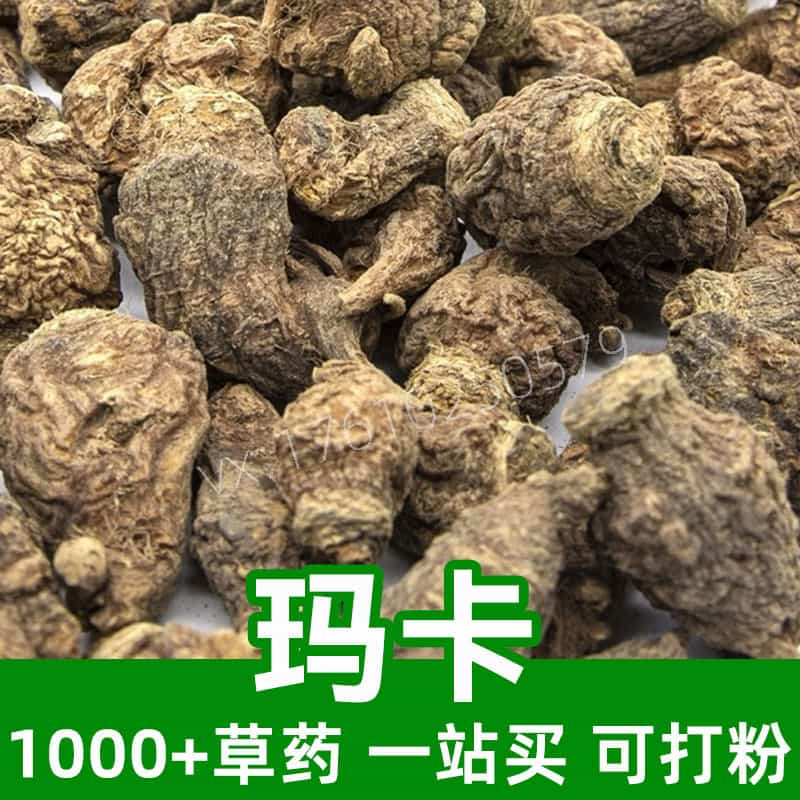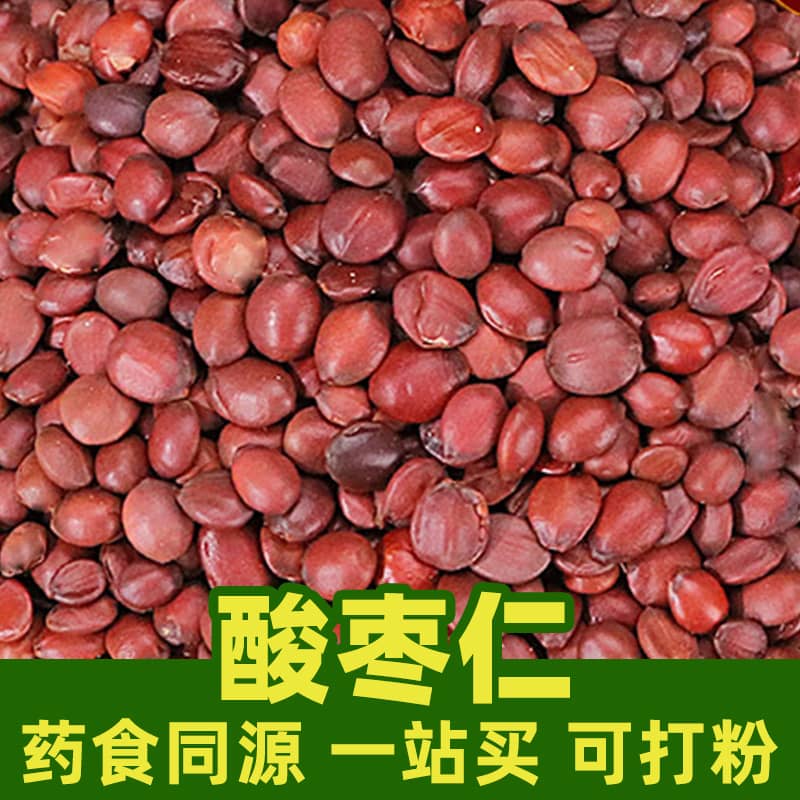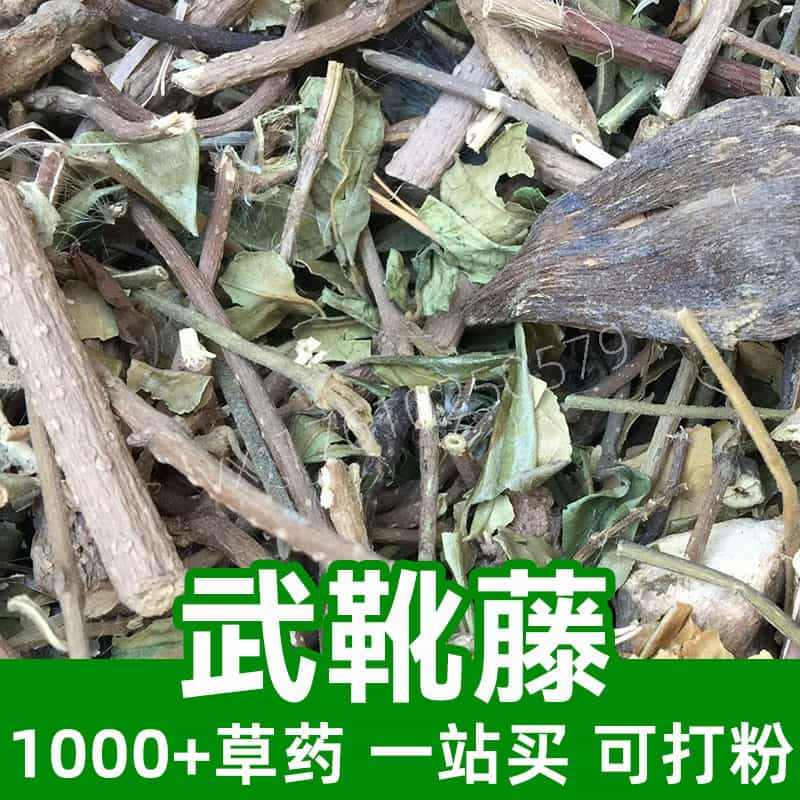Product Introduction
Asarum, commonly known as Wild Ginger, is a herb that holds significant value in Traditional Chinese Medicine (TCM). This perennial plant features distinctive heart-shaped leaves and small, bell-shaped flowers, contributing to its unique allure. Historically, Asarum has been utilized for its aromatic properties and its capacity to release and regulate energy (qi) in the body.
Originating from the rich soil of East Asian forests, especially in regions of China, Asarum thrives in moist, shaded environments. Its pungent aroma and volatile oils are derived from its active constituents, making it a favored ingredient in various herbal formulations. Asarum is primarily recognized for its warming, dispersing properties, which align with its traditional uses.
Its applications include aiding the body in expelling cold and dampness, promoting circulation, and enhancing respiratory functions. Various preparations, such as decoctions and powdered forms, allow for versatile use in TCM. Because of its potent nature, practitioners often prescribe it in moderation, considering its strong effects on the body. Asarum's versatility is not limited to TCM but extends to its culinary use, offering flavor and aroma that complements diverse dishes.
Main Active Ingredients
The primary active constituents of Asarum include a variety of essential oils, which contribute to its distinct fragrance and therapeutic properties. The essential oils, mainly comprised of asarone (a compound found in two stereoisomers—α-asarone and β-asarone), are known for their stimulating properties on the cardiovascular system and digestive system.
Flavonoids are another key component present in Asarum. These compounds are recognized for their antioxidant capabilities and may help in protecting cells from damage caused by free radicals. In addition, Asarum contains alkaloids such as isoasarones, which have been noted for their potential biological activities, including anti-inflammatory and analgesic effects.
Moreover, Asarum is rich in tannins, known for their astringent properties, which can aid in improving digestive health and modulating mucous membranes. The cumulative effect of these active ingredients suggests that Asarum is well-equipped to support bodily function, particularly in maintaining the balance of qi and the overall homeostasis of the body.
Product Application Scenarios, Usage, and Dosage
In Traditional Chinese Medicine, Asarum is predominantly used for its warming and dispersing qualities, particularly beneficial in treating symptoms associated with the invasion of cold and dampness. It is commonly indicated in herbal formulations designed to ease respiratory issues, such as cough and congestion, by promoting the movement of qi and clearing phlegm.
Asarum can be prepared as a decoction, where dried roots are boiled in water to extract their active components. A typical dosage may range from 3 to 9 grams, depending on the specific formulation and individual needs. It can also be found in various TCM formulas, often combined with other herbs to enhance its efficacy.
In culinary applications, Asarum offers a pungent flavor that can elevate the taste profile of dishes. It is frequently used in traditional recipes, particularly in stews and soups, imparting a characteristic warm flavor. However, due to its potency, it is advisable to use it sparingly in food preparations—typically a pinch is sufficient to add aromatic depth.
It is crucial for those interested in using Asarum to consult with qualified practitioners, as misuse or overconsumption can lead to adverse effects. Monitoring individual reactions when using Asarum is essential, particularly for those who may have sensitivities to strong herbal ingredients.
Introduction to the Source Plant, Distribution, and Growth Environment
Asarum belongs to the Aristolochiaceae family, with various species thriving in the temperate regions of East Asia, specifically China, Japan, and Korea. The most commonly utilized species in TCM is Asarum sieboldii, which features notable medicinal and aromatic characteristics.
This herb typically flourishes in the dense, moist forest understories where the light is filtered, allowing for its necessary shaded conditions. It tends to grow in rich, loamy soils with good drainage, often forming clumps that can spread over time. The climate in these regions is generally mild, providing the natural humidity and temperature needed for optimal growth.
Asarum is typically harvested in the spring or autumn when the active constituents are at their peak. Wild harvesting methods must be conducted responsibly to ensure that the plant populations remain sustainable in their natural habitats.
The ecological considerations surrounding the growth of Asarum are essential, as overharvesting and habitat destruction could threaten its availability. Awareness around ethical harvesting practices is crucial to maintain the herbal integrity of this vital species.
Harvesting, Processing, and Storage
Harvesting Asarum requires precision and care, ensuring that the roots are collected without damaging the surrounding plant ecosystem. Traditionally, the herb is harvested in the spring or autumn when the root system is at its most robust. Careful digging techniques are utilized to preserve the health of neighboring plants while ensuring the roots are adequately retrieved for medicinal use.
Following harvest, Asarum undergoes a processing procedure that enhances its aroma and efficacy. The roots are generally washed to remove soil and debris before being dried. Drying can be accomplished through natural sunlight exposure or through controlled air drying techniques, always ensuring that the volatile oils and active ingredients are preserved.
Once properly dried, Asarum can be stored for extended periods, provided it is placed in airtight containers. Chronic exposure to moisture and direct sunlight can significantly diminish the herb's potency, making it important to store Asarum in a cool, dry environment. Properly stored, the herb can retain its aromatic qualities and active compounds for several years, ensuring its medicinal and culinary applications remain potent.
In conclusion, Asarum represents a unique herbal medicine with considerable historical significance in TCM, and its myriad culinary uses further highlight its versatility. Understanding its properties, applications, and appropriate handling techniques ensures that its benefits can be maximized while honoring the tradition from which it originates.
Monica Sun is a seasoned expert in the natural raw materials industry, with over a decade of experience specializing in traditional Chinese medicinal herbs, spices, and fungi. She is skilled in the sourcing, processing, and application of these materials, emphasizing sustainability and innovation. Monica Sun has contributed to the development of high-quality natural raw materials that serve as essential components in functional foods, pharmaceuticals, and cosmetics, delivering tailored solutions to meet diverse market needs.
















